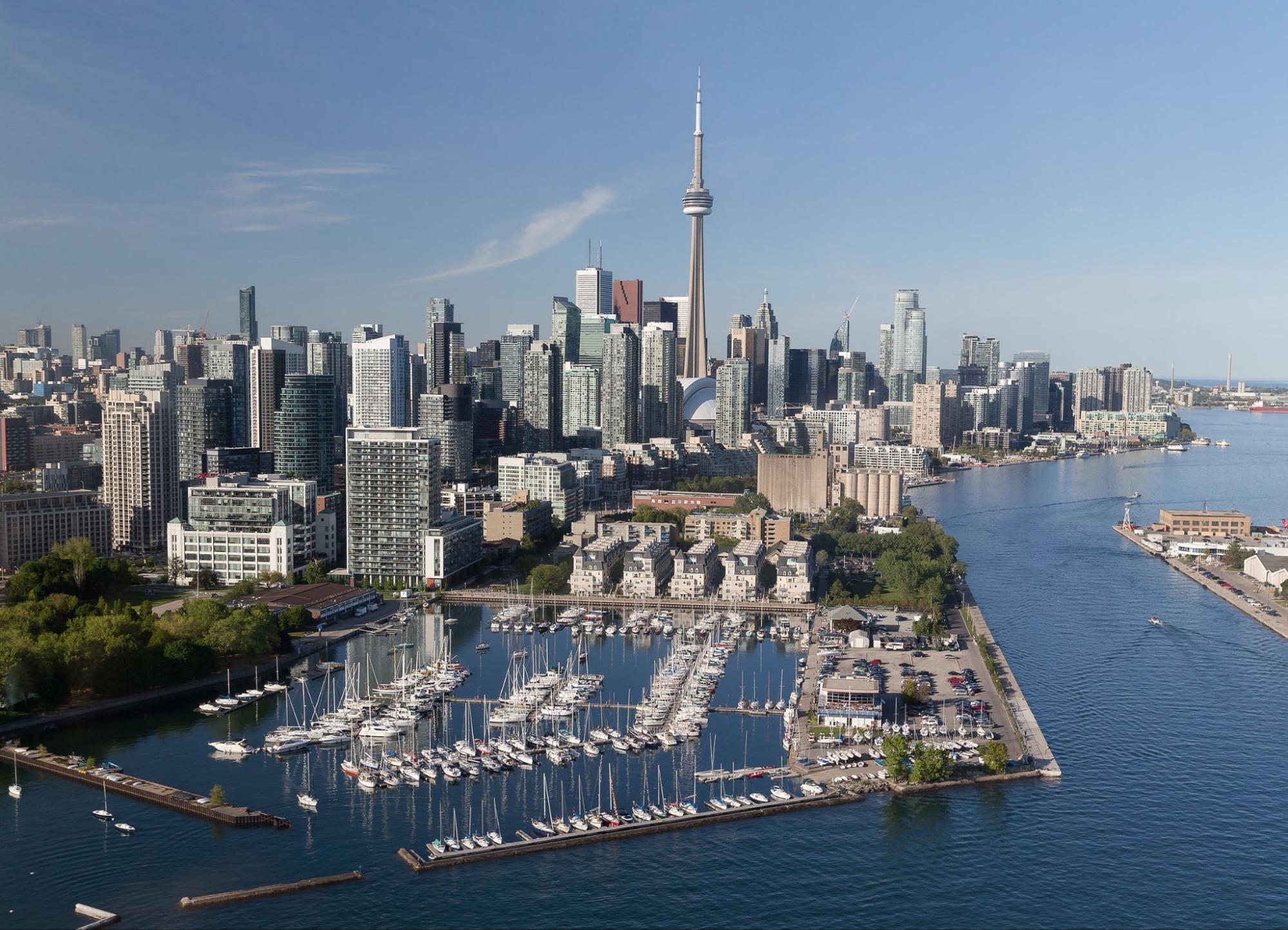The strength of condominium investments in Toronto has diminished recently—first because of exorbitant carrying costs, and lately because of the novel coronavirus—but not only does selecting the right project buck those trends, it yields above-average returns.
Savvy investors have long been bullish about master-planned condo developments because of their rapid appreciation potential, itself a derivative of myriad conveniences just steps away from one’s door. Moreover, in a city like Toronto, where there’s a scarcity of master land plots, the appreciation possibilities become even more enticing.
Galleria on the Park is a master-planned community located near Dupont and Dufferin Sts. in Toronto’s west end, and it’s believed to be one of the city’s few remaining master plots of land. With the development’s third phase underway, investors are presented with an ace in the hole.
“From our perspective, as well as studying other master-planned communities, values typically increase at sharper rates than standalone condos because there’s existing or newly-built infrastructure that makes it a more well-rounded community in which to live,” said Dror Duchovny, vice president of marketing and asset management at ELAD Canada, Galleria’s developer. “The demand for these communities comes from having density, great public spaces, retail, and transit right at your doorstep.
“Historically, condo prices have grown about 5%, however, in the last five years this number has grown to over 20%. We believe in Toronto’s abilities to keep on this trajectory because all the fundamentals are here—housing supply shortage, immigration outpacing the city’s ability to deliver housing, and economic and employment growth.”
Galleria includes an amenity package replete with, among other things, co-working office space for residents, a grocery store, bank, and entertainment options. Not only will residents rely less on their cars, they won’t even need to travel on the TTC for essentials. As much as residents will benefit from amenities inside the Galleria community—which will see five more towers after the third phase—the Dupont Corridor will almost certainly see additional development, albeit of standalone condo buildings, and the added density will only enhance Galleria’s appreciation.
“At Galleria, you can live an urban and connected lifestyle, and benefit from transit and public infrastructure that’s already been built or is underway,” said Duchovny. “The opportunity to purchase a master-planned community that has 40% of its site dedicated to parkland is extremely rare. Typically, master plans of this scale are reserved for suburban or more peripheral downtown environments.”
Galleria is on a 24-hour bus route, close to Dufferin Station on the TTC line and the Union-Pearson-Express, which runs every 15 minutes.
Occupancy is slated for December 2025, giving the development years to appreciate before investors can secure rental income. As for whom Galleria will appeal to, Toronto’s housing shortage has arguably affected families the most, making low-rise housing cost prohibitive. Naturally, the city’s condo market took notice and started developing family-sized units outside of the downtown core, and Galleria’s commodious units and family-friendly amenities will ensure investors have no trouble finding tenancy for their units.
“We’ve planned Galleria with a wide age range in mind,” continued Duchovny. “We know the housing shortage has meant that families with urban sensibilities have been pushed out of the low-rise single-family market, but we don’t believe that means they shouldn’t benefit from an urban lifestyle. The new Wallace Emerson Community Centre will have daycare, a playground, swimming pool and more, and it will benefit from the City of Toronto’s programming for kids. The retail offerings at grade allow residents to walk to do their errands. The size and scale of this community allowed us to create something that’s not only for one buying demographic; it means that kids can grow up in a diverse, inclusive community. The lifestyle benefits from having your basic, everyday needs within reach make master-planned living ideal for busy urban families who appreciate the convenience of walkable, mixed-use communities instead of spending hours commuting, which cuts into family time.”



Neil Sharma is the Editor-In-Chief of Canadian Real Estate Wealth and Real Estate Professional. As a journalist, he has covered Canada’s housing market for the Toronto Star, Toronto Sun, National Post, and other publications, specializing in everything from market trends to mortgage and investment advice. He can be reached at neil@crewmedia.ca.









